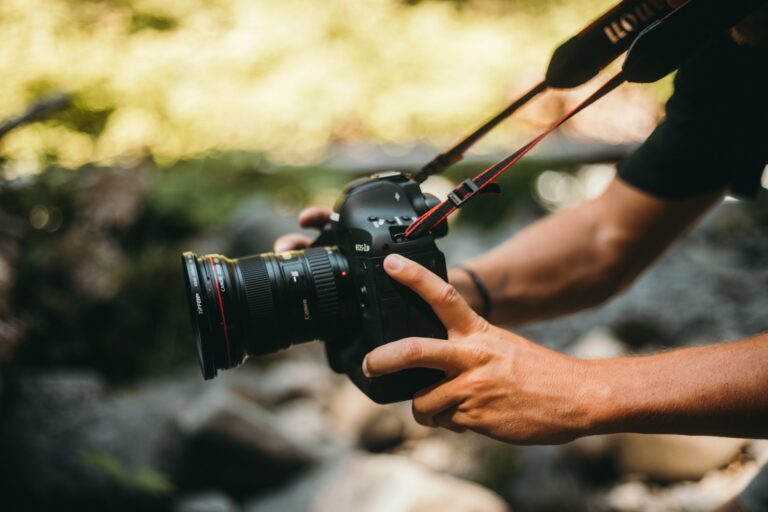Travel blogging is one of the most competitive niches in content creation, and it’s no surprise. Who wouldn’t want to make a living by creating travel videos of all the beautiful places which are so easily accessible these days? Making travel videos is fun and can be very lucrative, but you also have to be aware that there are also some drawbacks. You get to visit new places, but you also have to deal with tight deadlines and troublesome technology that can set your plans back.
So how do you make successful travel videos without losing your mind? I’ve compiled a list of ten practical tips to help you create great travel videos while making your job easier and keeping your sanity intact.
Use different camera angles
Nobody wants to watch a long line of shots filmed from the same angle. Remember that the most crucial part of a good shot is the framing, so you need to change your camera angle. Ensure that you’re capturing the most important aspects of your trip, including filming with various camera angles and styles. You can combine it all on your video editor. It will give your video more visual variety and increase viewer engagement.
Forward Planning
It’s important to have an idea of what you will be shooting before you start filming your day. Otherwise, you might have to spend time in post-production trying to edit your footage into something coherent. You don’t want to waste too much time once you’ve arrived at your destination trying to figure out what you’re going to film. The best way to plan is to create a storyboard that includes the shots you’ll need and where they’ll go in your video. The more details, the better!
Select the right camera equipment for recording footage
First off, consider what kind of camera you need. A DSLR is a good option if you want something that’s not too expensive but still gives high-quality results. If you’re looking for something even more portable, consider an action camera. Action cameras are small, and many can be mounted on yourself or various items around you so that you can film the action hands-free! Remember you can also record sound from your computer to add to your videos.
Always get permission
In some countries, it’s illegal to film other people without their consent. Even if it’s not illegal, it’s just common courtesy to ask for permission before recording someone. You’ll have a better time making your video if the people around you are happy and willing participants in the video-making process.
Edit your footage down as much as possible
If you have a lot of footage, crop it to just a few frames or seconds – for example, your audience won’t want to watch 5 minutes of you just walking down the road. It will make a great difference in the quality of your final product and is one of the most important skills for people making travel videos professionally.
Make sure there’s plenty of light in every shot
If not, use an external light source such as an LED flashlight with dimmer settings. One of the most important parts of getting a good video is lighting. If you have low lighting, it’s hard to see your subject.
Use natural sounds when possible
Record ambient noise while filming so that these sounds can be mixed into the final product later on—this will help make it seem more realistic! When taking video, it’s essential to capture natural sound to make your audience feel like they’re right there with you. So don’t be afraid to have your camera pick up those sounds, like waves lapping against the shoreline or birds singing in the background. You can turn down the music in the finished videos to have these natural sounds more prominent.
Think outside the box when capturing footage
Try using different angles or perspectives to capture unique shots that make your video stand out. You want viewers to be able to feel like they’ve been on that trip, too! Show them what’s happening around you: a couple arguing at a cafe or a man walking his dog. Capture the sounds and smells – a street vendor selling hot dogs or a busker playing the guitar.
Use music – but use it wisely
Music can be a great way to enhance your video and give it some energy. Just be careful about the amount of music you use. If you’re going to edit to the song’s beat, you should get your hands on a beat-marking tool that will help you stay on track throughout your editing process. And you will need to check licences too.
Record lots of b-roll
That footage doesn’t contain any audio or dialogue from your script. It can include sights, sounds, or even room ambience (if you’re indoors). If you’re planning to shoot a travel video, you might be wondering how much b roll footage you need to include. There is no “right” amount.. The type and amount of footage will depend on the unique structure of your video. It’s also an excellent way to make creative transitions between shots and insert helpful information that would otherwise have to be included with voiceover narration on your video editor software. These b-roll’s can also be used to create reels for Instagram or mini TikTok videos of your trip – a teaser to the full video which you will produce later on.
